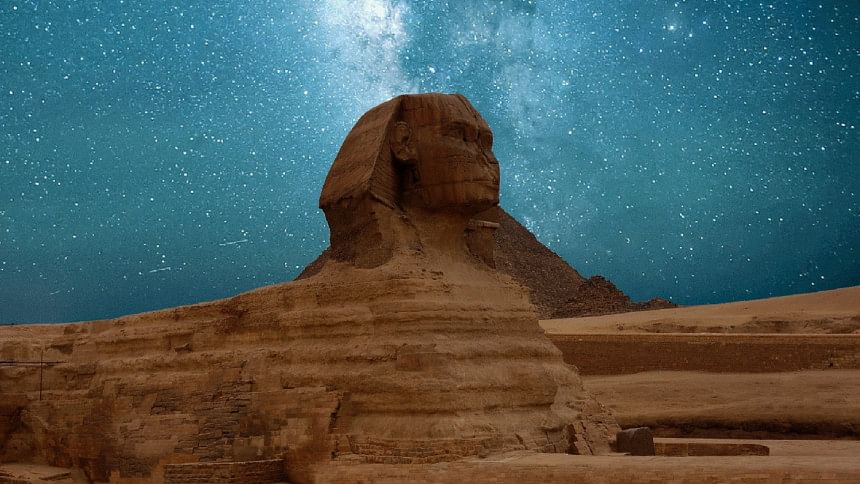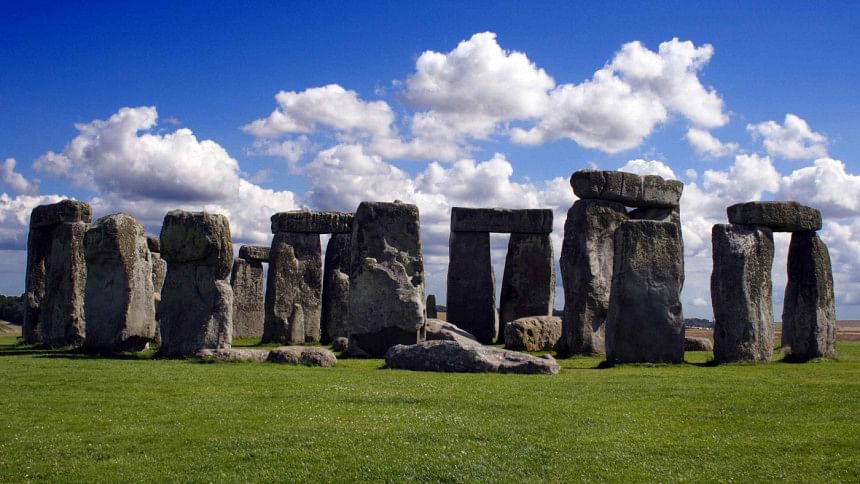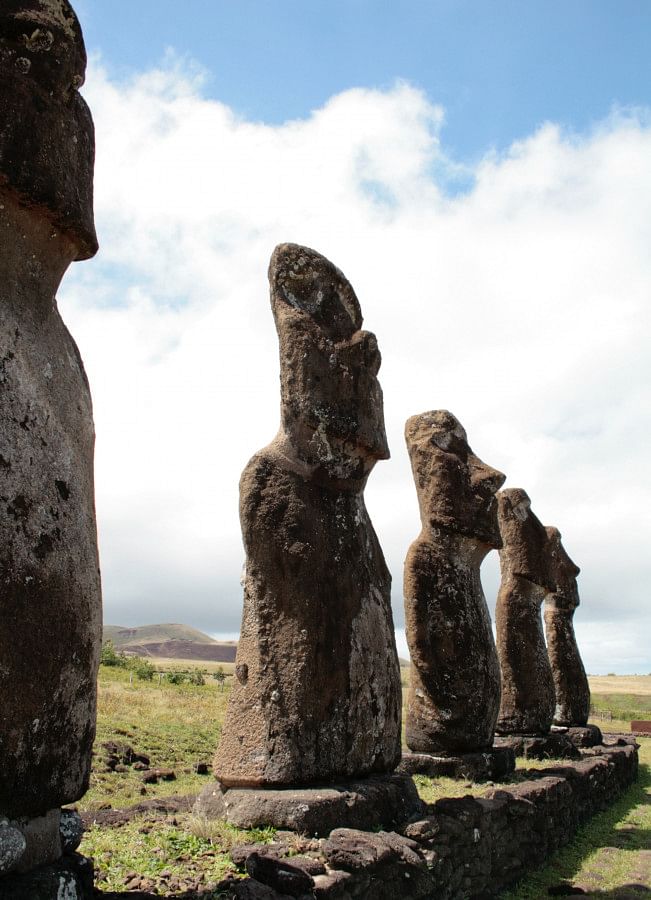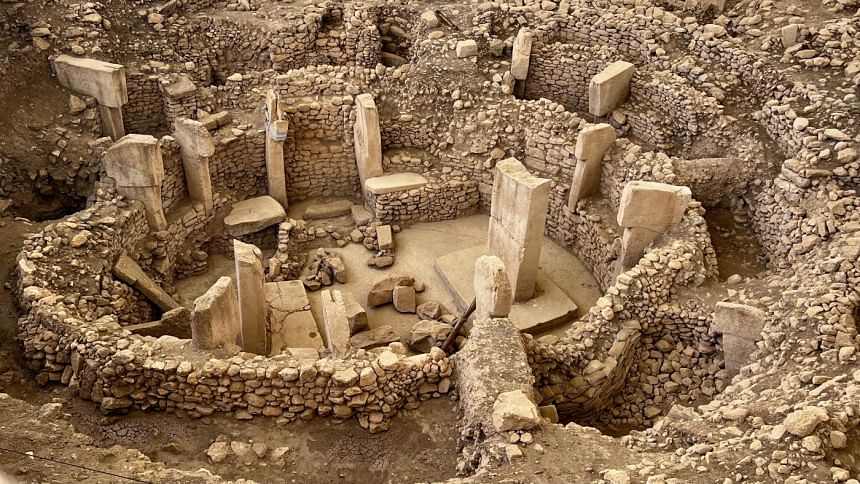Human achievements or alien intervention? 5 mysterious sites that defy explanation

The world is a treasure trove of ancient mysteries, where the sands of time conceal secrets waiting to be unearthed. While impressive archaeological remains can be found in many parts of the world, certain sites are imbued with an air of mystery. Listed below are 5 such mysterious ancient sites that intrigue the masses, scientists, and archaeologists.

Stonehenge
Stonehenge is a mysterious ring of megalithic stones located in Salisbury Plain in Wiltshire, England. The monument is aligned towards the sunrise on the summer solstice. Stonehenge was built in six stages between 3000 and 1520 BCE, during the transition from the Neolithic Period (New Stone Age) to the Bronze Age. Stonehenge has long been the subject of historical speculation as the reasons behind its construction and its purpose remain unknown.
Mausoleum of the First Qin Emperor and Terracotta Army
In 1974, workers digging a well near the city of Xian, China, unearthed one of the biggest mysteries of the world. They found a life-sized clay statue. This led to the discovery of the Mausoleum of the Qin Shi Huang Di — the first emperor of Qin.
8,000 life-like terracotta statues of soldiers were discovered. All these soldiers were sculpted in great detail, each having a different face and were in military formation according to rank. They are known as the Terracotta Army. The soldiers are in trenchlike, underground corridors. In some of the corridors, there are clay horses with wooden chariots behind them. Three nearby chambers containing more than 1,400 figures have also been unearthed.
The tomb itself has not yet been excavated. It is speculated that the tomb contains innumerable treasures. Scientists believe it will take many more years to fully discover what remains hidden in this mausoleum.

Easter Island
Easter Island, also known as Rapa Nui, is a 63-square-mile remote volcanic island, within the Chilean territory in the Easter Pacific Ocean. It is the easternmost outpost of the Polynesian island world.
The island is populated with 900 monolithic human-form stone statues known as Moai. They are some 10-40 ft (3-12 m) high, the heaviest weighing about 82 tons. The island is still an enigma, as the island's population was too small, too primitive and too isolated to be credited with such feats of artistry, engineering, and labour. Scientists and researchers are still trying to figure out the history of the island, coming up with a multitude of theories.
The Pyramids of Egypt
The Egyptian pyramids fascinate tourists, archaeologists, historians, scientists and mathematicians alike to this day. The construction of these monumental structures remains shrouded in mystery.
The pharaohs of Egypt believed that they would become gods in the afterlife. In preparation for the afterlife, they erected pyramids filled with things that rulers would need to sustain in the afterlife.
These pyramids are not just cemeteries, but a reflection of life back then. The walls of the tomb are adorned with scriptures, texts, drawings and many more, all of which depict the ancient Egyptian life.
The monumental tombs are relics of Egypt's Old Kingdom era and were constructed some 4,500 years ago. Each massive pyramid is but one part of a larger complex, including a palace, temples, solar boat pits, and other features. The engineering feats of these structures were so magnificent that it remains hard to decipher their development.

Gobekli Tepe
Gobekli Tepe, Turkish for Belly Hill, is a neolithic archaeological site in the South-eastern Anatolia Region of Türkiye. These structures are believed to be 11,000 years old, making them humanity's oldest known monumental structures. Surprisingly, these stone enclosures and eerie stylised human pillars were not built for shelter, but rather for some other purpose.
The megaliths predate Stonehenge by some 6,000 years. German archaeologist Klaus Schimdt, who discovered the remains, believes it to be the first temple in human history. Schmidt and his team discovered that these structures were built by hunter-gatherers and there seems to be no evidence of domestication. What appears like a ritual centre contradicts the Neolithic transition in archaeology, that complex ritual and organised religion were luxuries that societies developed only once they began domesticating animals. Gobekli Tepe has turned the timeline upside down, intriguing and piquing the interest of the world.

 For all latest news, follow The Daily Star's Google News channel.
For all latest news, follow The Daily Star's Google News channel. 








Comments